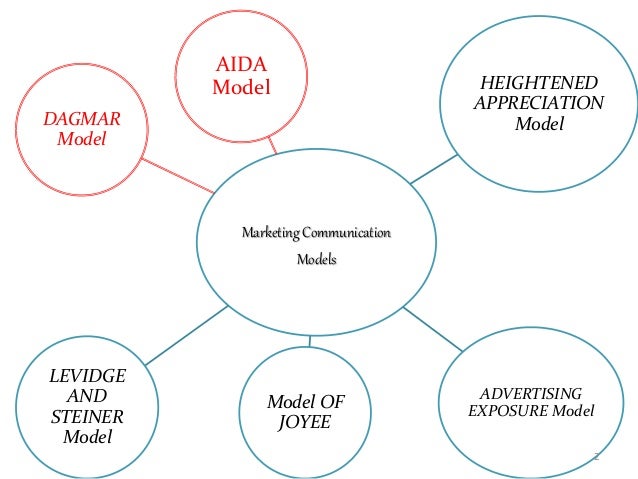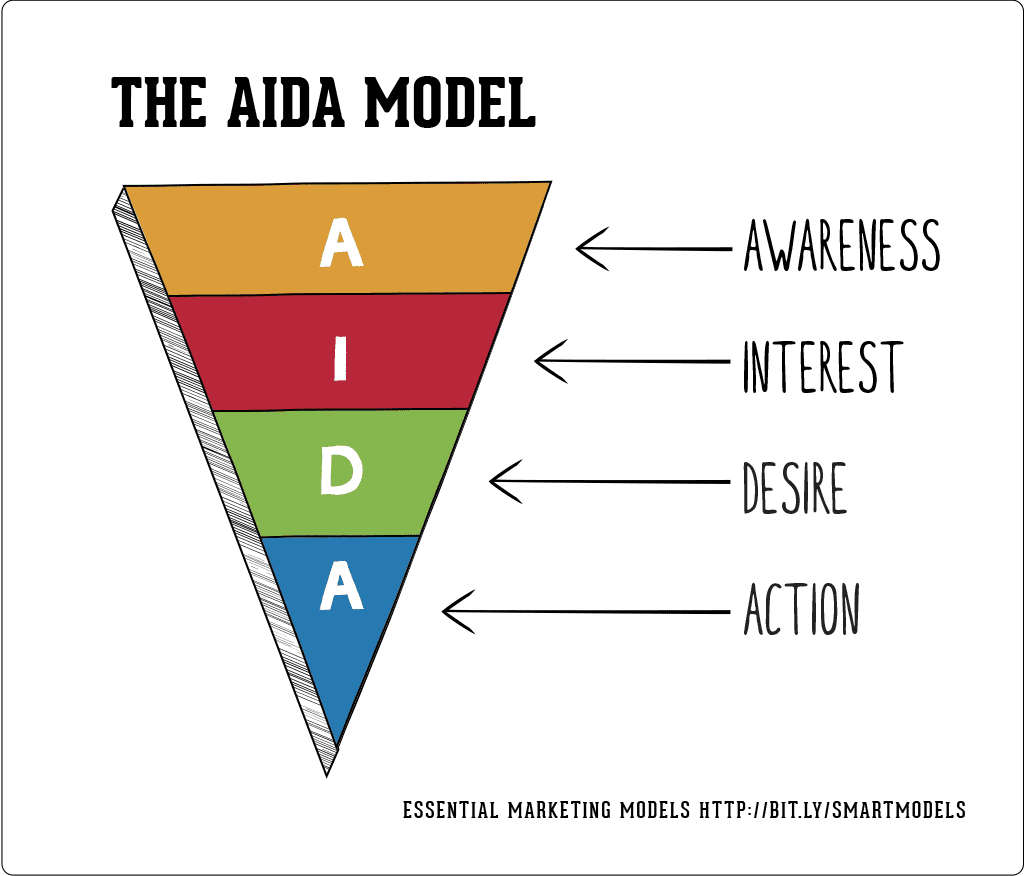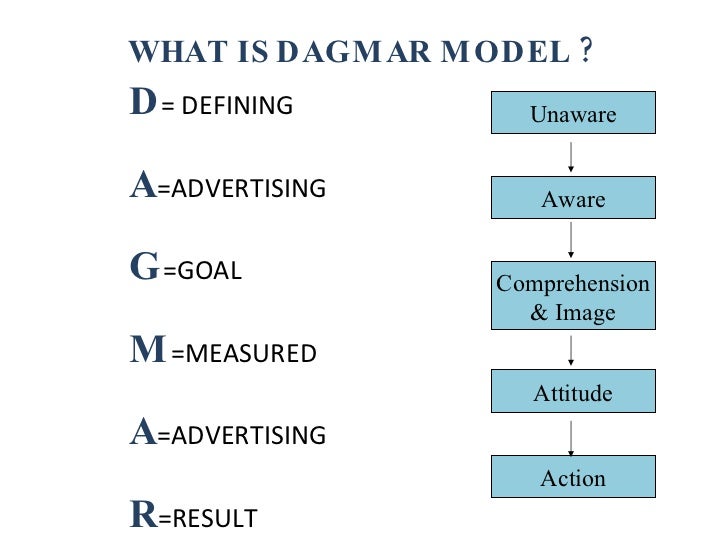Communication plan
Discussion
First of all we had a discussion about “IVANA Helsinki’s”
a fashion brand whose marketing doesn't seem to follow any planned system. The
trigger was about a communication plan and a structured communication marketing
mix. After that we started a brainstorming session.
Problem
How to plan and measure marketing communication effectively?
Learning objectives
1. What
kind of different Market Communication Models exist?
2. When
and Why to choose each Model? How it can impact different company sices?
3. How
to measure marketing communications outcome?
Marketing Communication Models:

AIDA Model:

The AIDA Model is one of the oldest and most popular marketing communication models. It is a principle of an advertisements impact on the customer. In the figure you can see the steps a customer passes through before he decides to buy or consume a product. At first the target group or customer needs to be aware of the product. In the next step he needs to be interested in the product or service. Create
a desire in the customer to possess the product. This is done by
emphasizing the benefits of the product and how it will satisfy the
needs and wants. In the last step there is the action, the customer finally buys the product.

Dagmar Model:
"Defining Advertising Goals for Measured Advertising Results" model, which was proposed by R.H. Coney in 1961. It refers to the hierarchy of communication which leads to actual purchase. Marketing goals are measured in terms of sales but advertising goals are measured in terms of customers movements.

1) AWARENESS: In this stage the customer becomes aware of the product/ service.
2) COMPREHENSION: The customer is aware of the product characteristics and its uses. He is also familiar with the brand name and brand logo.
3) CONVICTION: This stage refers to the emotional decision of preffering one brand to anothers.
4) ACTION: In this stage the purchase is made.
2) COMPREHENSION: The customer is aware of the product characteristics and its uses. He is also familiar with the brand name and brand logo.
3) CONVICTION: This stage refers to the emotional decision of preffering one brand to anothers.
4) ACTION: In this stage the purchase is made.
Lavidge and Steiner Model:
The marketing communication model was invented in 1961 by R.J. Lavidge and G. A. Steiner. It refers to the long term effects of advertising and it shows the hierarchical effects of marketing communication. The six steps are:
- Awareness: customer becomes aware ofproduct
- Knowledge: customer gets knowledge about the product
- Liking: customer develops a favourable attitude
- Preference: customer develops preference for the brand and product
- Conviction: desire
- Purchase: desire to buy the product
Model of Joyee:
The model of Joyee is about making the consumers happy by enjoying the product. Th
consumers possitive reaction to the product is the brands/ companys biggest desire.
The model of Joyee has six steps to follow:
- awareness
- knowledge
- liking
- preference
- conviction
- purchase
Advertising Exposure Model:

The Advertising Exposure Model by David Aaker makes sure that an advertisement creates awareness,
gives information, benefits, builds a brand, reaches
feelings and allows us to categorize the product for ourselves
as consumers.
- is a presentation of an advertisement to the customer
- Companies/ Advertisers attempt to estimate level of exposures necessary to achieve their objective
- examples: print ads, radio, television
- market research and budget should dictate the focus of the advertisers
- target the advertising to the target groups needs and wants and take time to build the brand and relationship with the target audience
Heightened Appreciation model:
- helps the marketer to arrive at a stage ofan advertising strategy
- an important characteristic/ attribute of the product should be identified and the advertisement should get a link to this special attitude
How to measure marketing communication outcome?
- ROI ( Return on Investment)
- Measure increases in revenue; growth; customer engagement
- Track Key performance Indicators
- Set SMART gaols and measure the outcome after the set time period ( specific, meausureable, achievable, relevant, timely)
- Social media > measure the customers behaviour to social media ( Likes, Followers, etc. )
Sources:
https://www.google.fi/search?q=DAGMAR+model&source=lnms&tbm=isch&sa=X&ved=0ahUKEwi--8aQx7HLAhWta5oKHSZVCT4Q_AUIBygB&biw=617&bih=578#imgrc=1AZZ4L25wn3zIM%3A
https://www.google.fi/search?q=Aida+Model&source=lnms&tbm=isch&sa=X&ved=0ahUKEwjFrNjiv7HLAhWsApoKHTCnBncQ_AUIBygB&biw=617&bih=578&dpr=1.5#imgrc=6E11_ZVGO_0yCM%3A
https://www.google.fi/search?q=advertising+exposure+model&source=lnms&tbm=isch&sa=X&ved=0ahUKEwivlqf5y7HLAhXrA5oKHS_zCCMQ_AUIBygB&biw=617&bih=578#tbm=isch&q=exposure+model+david+aaker&imgrc=x31owVJBtIpIdM%3A
https://internetmarketingbamblog.wordpress.com/2015/05/11/advertising-models-in-marketing/
https://www.google.fi/search?q=aida+model+example&source=lnms&tbm=isch&sa=X&ved=0ahUKEwiB2biTkLjLAhVDP5oKHW4gB6wQ_AUIBygB&biw=1280&bih=611#imgrc=jGu1nYFQlwsurM%3A
https://www.google.fi/search?q=aida+model+example&source=lnms&tbm=isch&sa=X&ved=0ahUKEwiB2biTkLjLAhVDP5oKHW4gB6wQ_AUIBygB&biw=1280&bih=611#imgrc=jGu1nYFQlwsurM%3A
Keine Kommentare:
Kommentar veröffentlichen